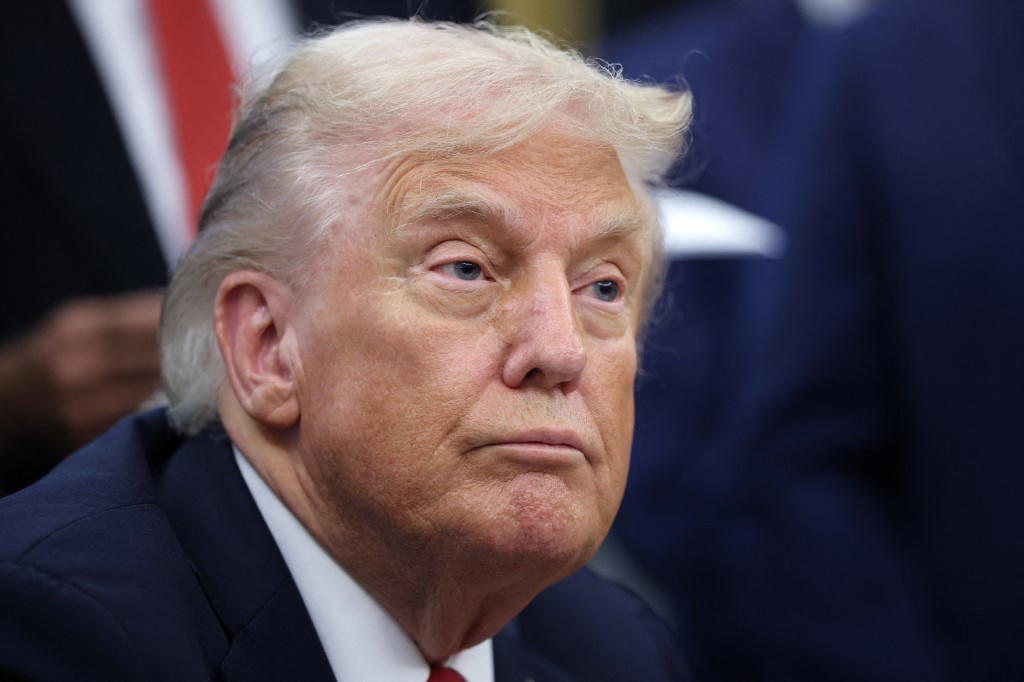US President Donald Trump’s administration on Friday banned reporters from accessing a core part of the White House press office without an appointment, citing the need to protect “sensitive material.”
Journalists are now barred if they do not have prior approval to access the area in the West Wing known as Upper Press — which is where Press Secretary Karoline Leavitt’s office is located.
White House Communications Director Steven Cheung defended the move, saying without providing evidence that reporters had been “ambushing” cabinet secretaries in the area and secretly recording video and audio.
“This memorandum directs the prohibition of press passholders from accessing… ‘Upper Press,’ which is situated adjacent to the Oval Office, without an appointment,” said a memo from the White House National Security Council (NSC).
The memo, addressed to Leavitt and Cheung, said the aim was “protecting sensitive material from unauthorized disclosure in Upper Press.”
The policy comes amid wider restrictions on journalists by the Trump administration, including new rules at the Pentagon that major outlets including AFP refused to sign earlier this month.
White House reporters have until now been able to freely visit the area, often wandering up to try to speak to Leavitt or senior press officers to seek information or confirm stories.
Media are still allowed to access the area known as “Lower Press,” next to the famed White House briefing room, where more junior press officers have their desks, the memo said.
– ‘Eavesdropping’ –
The memo said the new restrictions were triggered by “recent structural changes to the National Security Council” that meant White House press officers were dealing with more sensitive material.
Republican Trump has effectively absorbed the once powerful NSC into the White House, putting it under the control of Secretary of State Marco Rubio, after former National Security Advisor Mike Waltz was reassigned in May following a scandal over the use of the Signal app to plan strikes on Yemen.
But Cheung later went further, saying on X that “some reporters have been caught secretly recording video and audio of our offices, along with pictures of sensitive info, without permission.”
“Cabinet Secretaries routinely come into our office for private meetings, only to be ambushed by reporters waiting outside our doors,” he added, also accusing reporters of “eavesdropping on private, closed-door meetings.”
Cheung, a Trump veteran who is known for his combative social media approach, did not provide evidence for the claims.
US media said Democratic president Bill Clinton’s administration also sought to limit access to the Upper Press area, before rescinding the decision.
Trump’s administration has made a major shake-up to access rules for journalists since his return to power in January.
Many mainstream outlets have seen their access to areas like the Oval Office and Air Force One reduced, while right-wing, Trump-friendly outlets have been given more prominence.
The White House also banned the Associated Press news agency from key areas where Trump speaks after it refused to recognize his order changing the name of the Gulf of Mexico to the Gulf of America.
AFP
The post Trump White House restricts reporters’ access to press office appeared first on Vanguard News.

